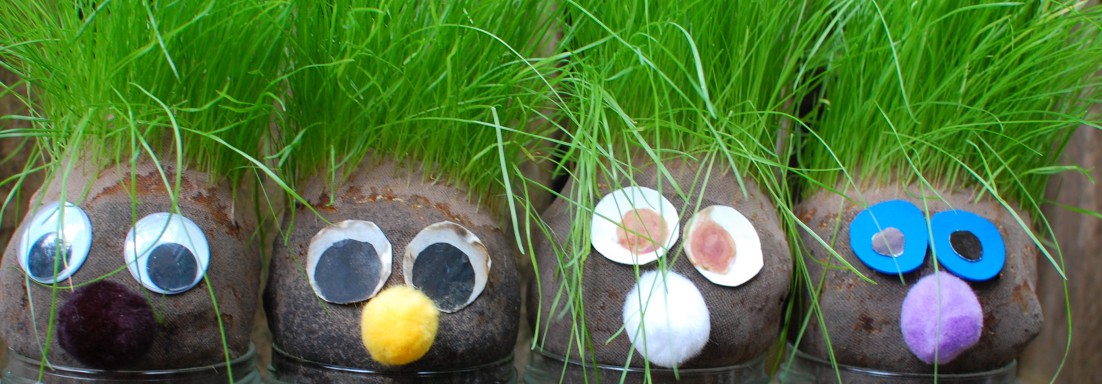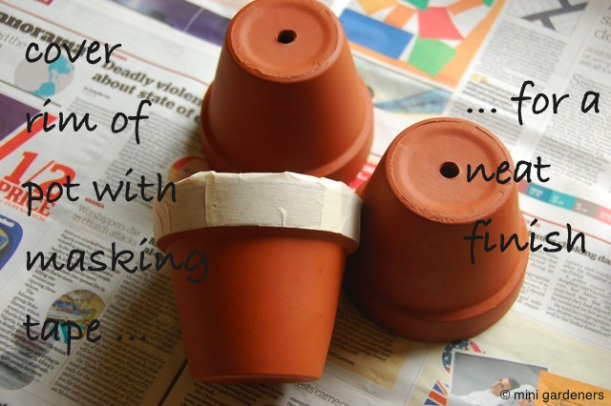Photographs don’t do this plant justice.
Brush your fingers along one of the thick, felty leaves and it’s as though you’re stroking a lamb’s ear, hence the name.
It’s a wonderfully tactile plant for a children’s garden and widely available. Easy to grow provided it has a sunny spot and soil that doesn’t get waterlogged in winter (our soil does, so we threw a handful of gravel in the planting hole and it seems to have helped with drainage).
Place it at the front of a plant border as it’s low growing. It produces flower spikes in summer but the flowers themselves are inconspicuous – it’s the silvery foliage that it’s grown for. If you can find it, try the cultivar ‘Silver Carpet’ which rarely flowers, instead devoting its energy to producing those woolly leaves.
How to look after your plant: Water well for the first few months after planting but, once established, it should be drought tolerant. Cut back any flower spikes when flowering has finished. It will lose most of its leaves in autumn and winter but burst into growth again the following spring. Remove dead leaves to keep the plant tidy and prevent disease.






